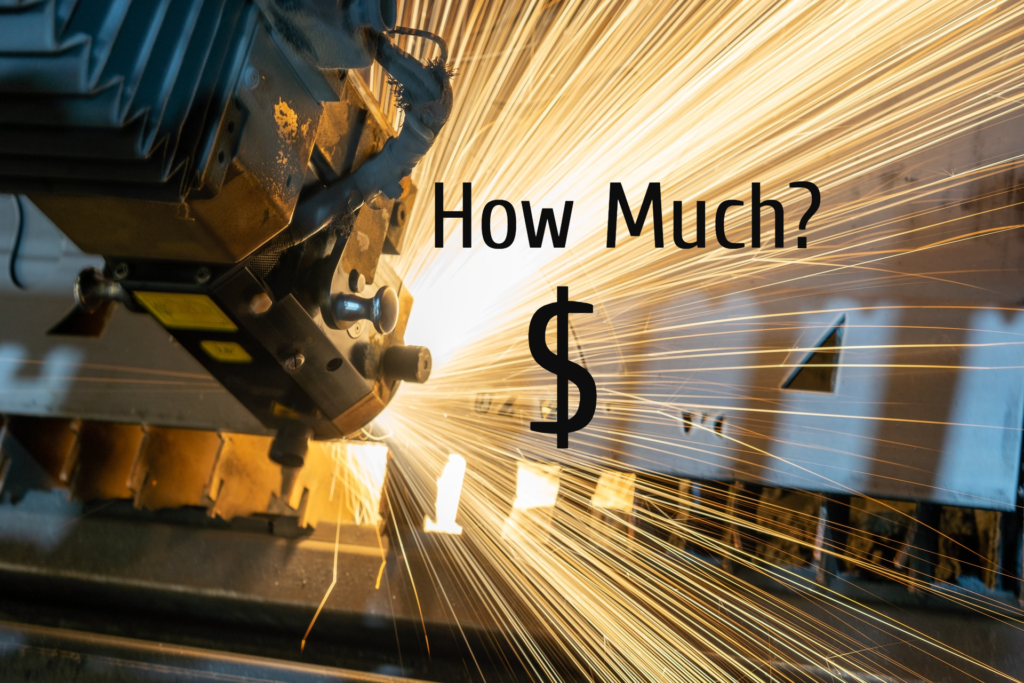It’s the most common question business brokers get asked: how much is my business worth? The answer can depend on many factors: internal ones such as the age and condition of equipment, vehicles, and other physical assets, and external ones such as the state of the economy and financial markets (interest rates and financing availability, for example.) World events can make a difference in how much risk buyers are willing to take; fears about supply chain issues, the rising cost of fuel, and foreign trade jitters can affect the value of even the most stable enterprise.
It’s our job to understand these factors and the market to determine what your business is worth. It’s one of the key determinations in when – and whether – you’ll decide to sell. Most owners who have begun to think about an exit strategy have a number in mind as a sale price. We determine whether that number is realistic based on current market conditions.
Financial Health
We examine the last few years of data to make an analysis of the financial health of the company and look for trends; buyers will be looking for companies that still have potential for growth. We’ll look for red flags, such as too much concentration within a market or customer base, or customers who are “too big to fail.” In addition, buyers expect businesses to have clean books and records to even begin to properly determine what the business is worth. So, we always recommend consulting with your accountant well in advance of listing your business for a sale.
Recurring Revenue
We’ll also look at the nature of current revenue streams. Does the company have contracts in place and agreements for recurring revenue, or is it dependent on generating new sales and customers to maintain profitability? Are there contracts, agreements, or relationships that are at risk if the company is sold or the owner leaves? Those might include customer, vendor, or lease agreements that may have to be renegotiated.
Qualitative Factors
We’ll look at qualitative factors such as differentiation of the product or service and customer satisfaction. Next, we’ll look at the company’s infrastructure, things like software, systems, vendor and supply chain networks, real estate, and facilities. We then look at the workforce to assess risk for a potential buyer. Does the company have a professional and competent management team in place, or is the owner essential to running the business or maintaining customer relationships? Is there a risk of key employees leaving if the company is sold?
Cash Flow is King
The most important factor for any buyer is cash flow. Is the business profitable, and will it continue to be profitable over the next few years? The bottom line metric most commonly used for private middle and lower middle market companies is known as EBITDA (Earnings Before Interest, Taxes, Depreciation & Amortization). For smaller main street businesses, a more common metric is Seller Discretionary Earnings , or SDE. SDE is basically the EBITDA of the company plus the current owner’s salary and perks. If the owner is drawing a salary and must be replaced with skilled managers, that cost must be factored into the company’s cash flow valuation, along with any family members in the business who might be drawing salary or benefits above market value. Lastly, any unusual one time expenses that are not expected to recur in the future will be added-back to give a prospective buyer a more accurate picture of the expected future earnings of the business.
Working Capital
If a company has a large inventory of materials or work in progress (as is common with manufacturing businesses), we’ll also help the owner understand that it will affect the cash value the owner will realize from the sale, since some of the sale price will be used for buying the inventory and working capital. Having excessive working capital tied up in the business can negatively impact the seller’s net proceeds from a sale, since the buyer has to invest more money in the business for the same level of profitability. Therefore, it is important to maintain tight control over inventory and accounts receivables.
Industry Comparison
Finally, we look at companies in the industry with similar operating, financial, and ownership profiles (comparables or “comps”) to determine how much buyers have been willing to pay for businesses with a certain EBITDA or SDE range.. We apply these valuation multiples from recent sales to determine what you can reasonably expect in the current market based on historical data.
Increase Business Value
If the valuation we come up with isn’t close to what the owner needs or wants from a sale, we can do a gap analysis. Sometimes, the owner’s desired sale price is based on their personal financial situation, which can change over time. For example, a 55-year-old owner may need a higher sale price to be able to retire than they would at age 65 or 70, when personal savings have increased or they have paid down debt.
We also make recommendations on how the owner can bring up the company’s value. Streamlining operations or staffing, reducing owner dependence, increasing sales or profitability of products, or expanding the market can all be ways to increase the company’s value and make it more attractive to buyers. Sometimes, it’s simply a matter of waiting for the market value of the business to catch up to the seller’s expectations.
An experienced business broker can be invaluable to you as you plan your exit strategy. We can help you plan ahead so you can exit on your terms at your preferred timeline.
For a 100% confidential and complimentary opinion of value, click here.


